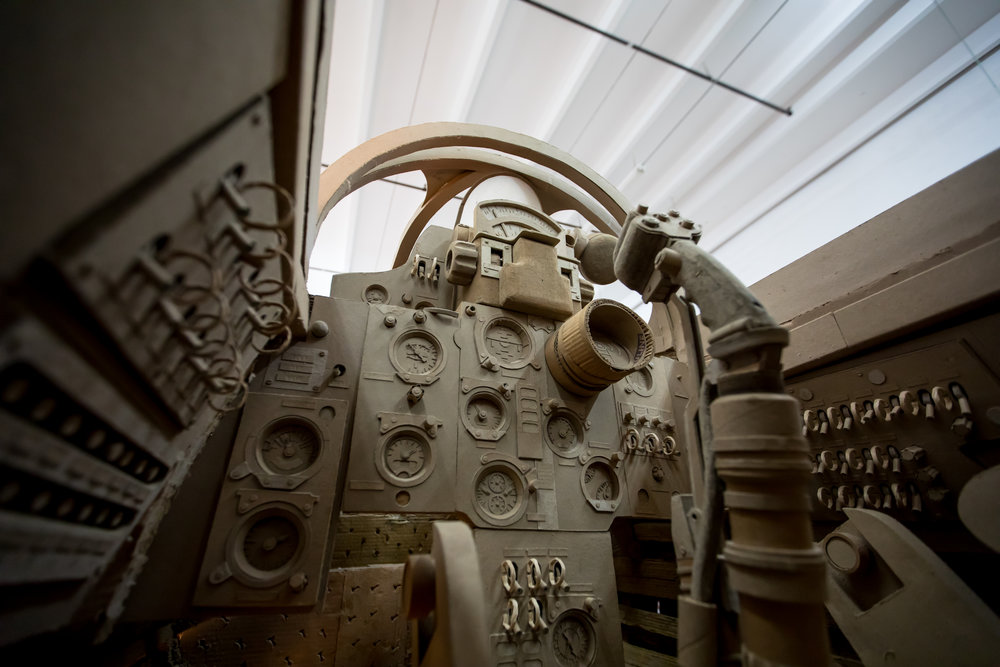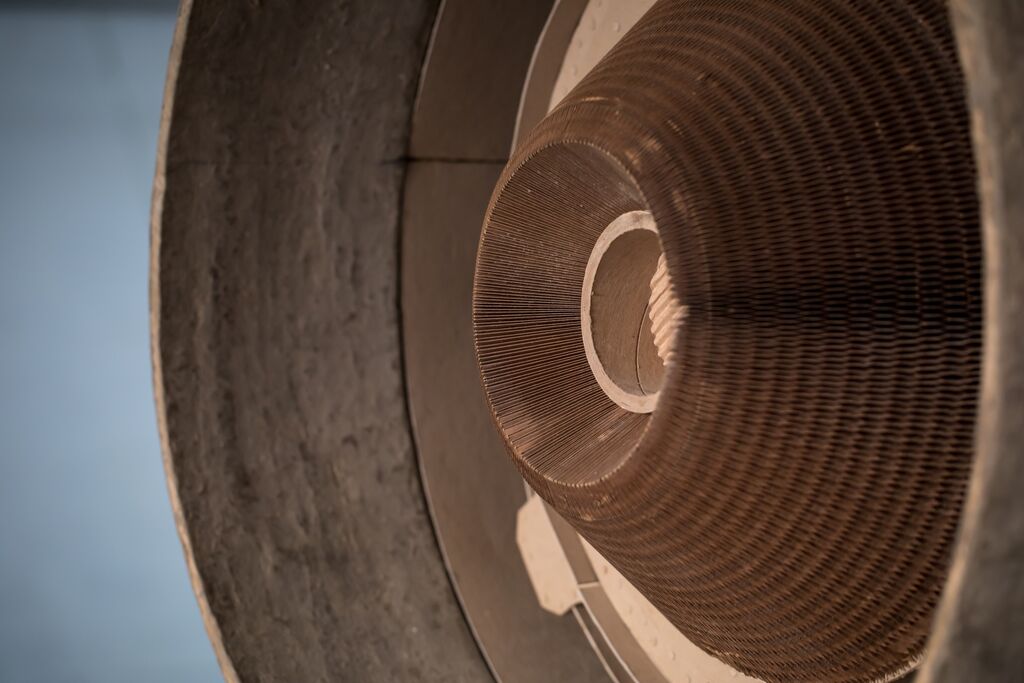Balalaika / MiG-21
Subject: In Soviet service, the MiG-21 got its nickname from a Slavic lute-like Instrument called the balalaika, which is similar in appearance.
1. Asif Farooq’s Balalaika project is a full-scale paper replica MiG-21.
2. Balalaika is built to a scale of 1.0588 times its original size. Asif would have been too large to have been allowed to fly the MiG-21 in real life, so the scale was chosen to accommodate his actual height. Over the span of 5 years, Farooq hand built every internal component down to the smallest flush rivet (numbering tens of thousands), functional landing gear, and control surfaces. The control surfaces (ailerons, rudder, and stabilators) are all functional and actuated from manufactured paper linkages and paper rope. All of the functions of the jet are accessible through mechanisms within the cockpit. The engineering for the plane, although not a duplicate of the Mikoyan OKB original, is still analogous in almost every respect.
3. This project examines the interest in the American nationalist concept of “good” (U.S.A.) versus “evil” (U.S.S.R.) and the airframes that defined them. From Farooq's perspective, the American F-14 Tomcat and the Soviet MiG-21 Balalaika represented the achievements and conflicts between the two superpowers.
4. The plane's necessary show locations may include but are not limited to Moscow, Shanghai, the United Nations building, and the Smithsonian.
5. Ideally, the final disposition for Balalaika will be at the Tushino Aerodrome (Аэрɨдрɨɦ Тушиɧɨ), just north of Moscow city center, where the MiG-21 took its first flight on the 14th of February, 1956. It will be abandoned there and allowed to disintegrate in the open, alongside the numerous Cold War era Soviet jets also lying there in disrepair.



